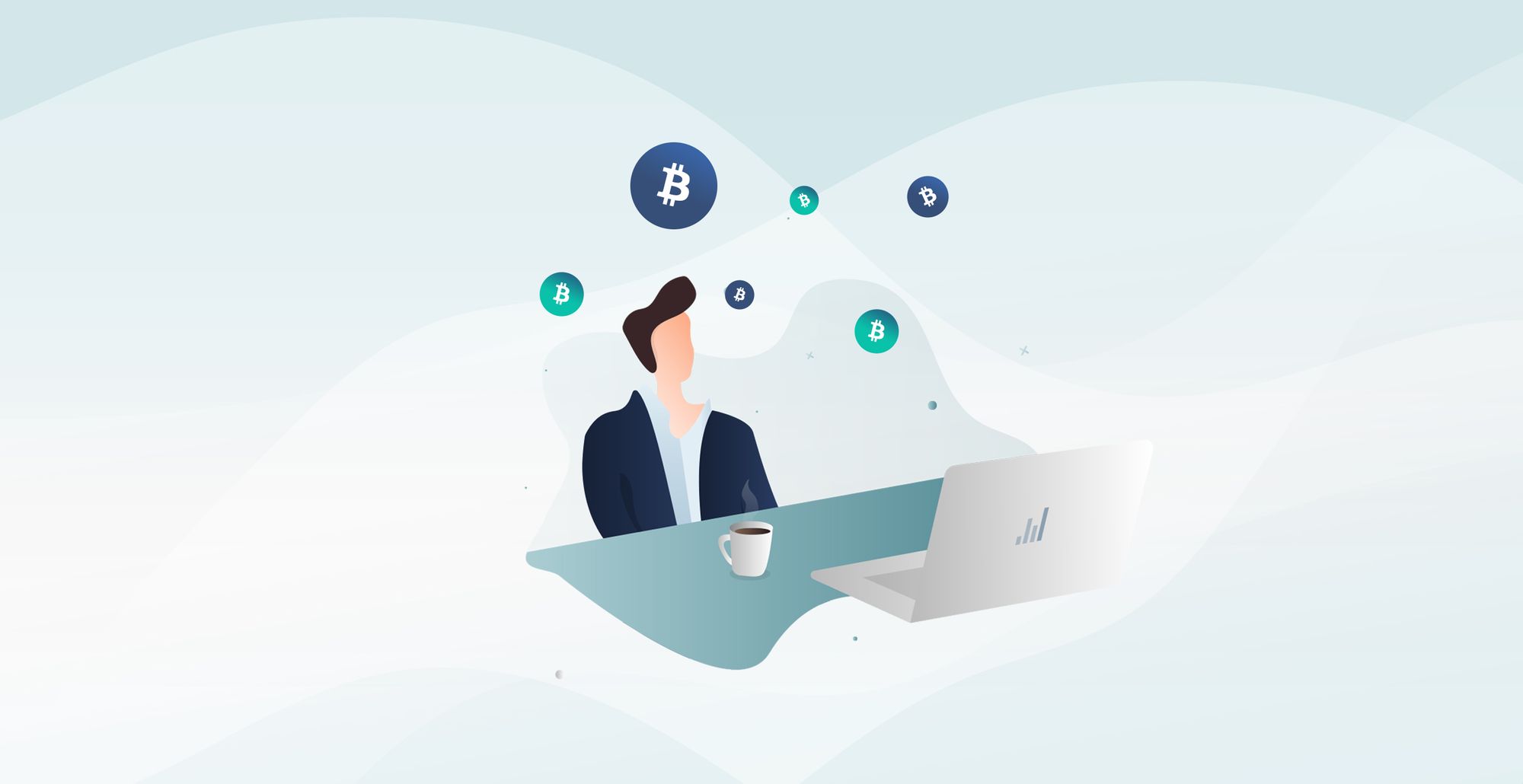
5 Common Misconceptions about Crypto Investing

Blockchain = Bitcoin
Bitcoin may have been the first technology to use a blockchain, but it certainly wasn’t the last. In a nutshell, a blockchain is a growing list of records, called blocks, which are linked using cryptography. Or put even more simply, it’s a distributed database maintained by thousands of computers worldwide.
Blockchain has many applications, and there will be many more that haven’t been thought of yet. In addition to cryptocurrency, applications have real-life impact in areas such as finance, healthcare, government, property, etc. No wonder some people call it the new internet.

I need special knowledge to buy cryptocurrencies like bitcoin
While you should always proceed with caution when investing, you don’t need to be a computer genius to get started. Today, the experience of buying cryptocurrencies is no different from buying anything else online - it’s only a matter of a few clicks.

I can’t afford a whole bitcoin, so I can’t invest.
Most cryptocurrencies and tokens can be broken down into fractional parts. That means you can buy and sell less than 1 whole unit of an individual cryptocurrency. For example, the smallest unit of bitcoin—called a satoshi after Bitcoin’s creator—is one one hundred millionth of a bitcoin. If you invested one euro right now, you would receive 0.00031 bitcoin. You can actually own as little as 0.00000001 bitcoin.
So when we say you can start investing with as little as 10 euros , it really is that easy.

It’s too late
Although cryptocurrencies have been around for ten years now, the industry is still in its infancy. Similar to traditional financial markets, prices fluctuate, and the right timing can help. But the train never really leaves the station, so start early and be patient . In the long run, you might be pleasantly surprised.

Crypto is all about making a quick buck
It’s all too easy to get captivated by the enormous wealth some early crypto adopters have accumulated, especially after the bull run in 2017. But this is not to say that the ship has sailed. Since investing is a long-distance race, put on your running shoes and get out on the road! You never know - you just might be lucky enough to be part of the next bull run.

